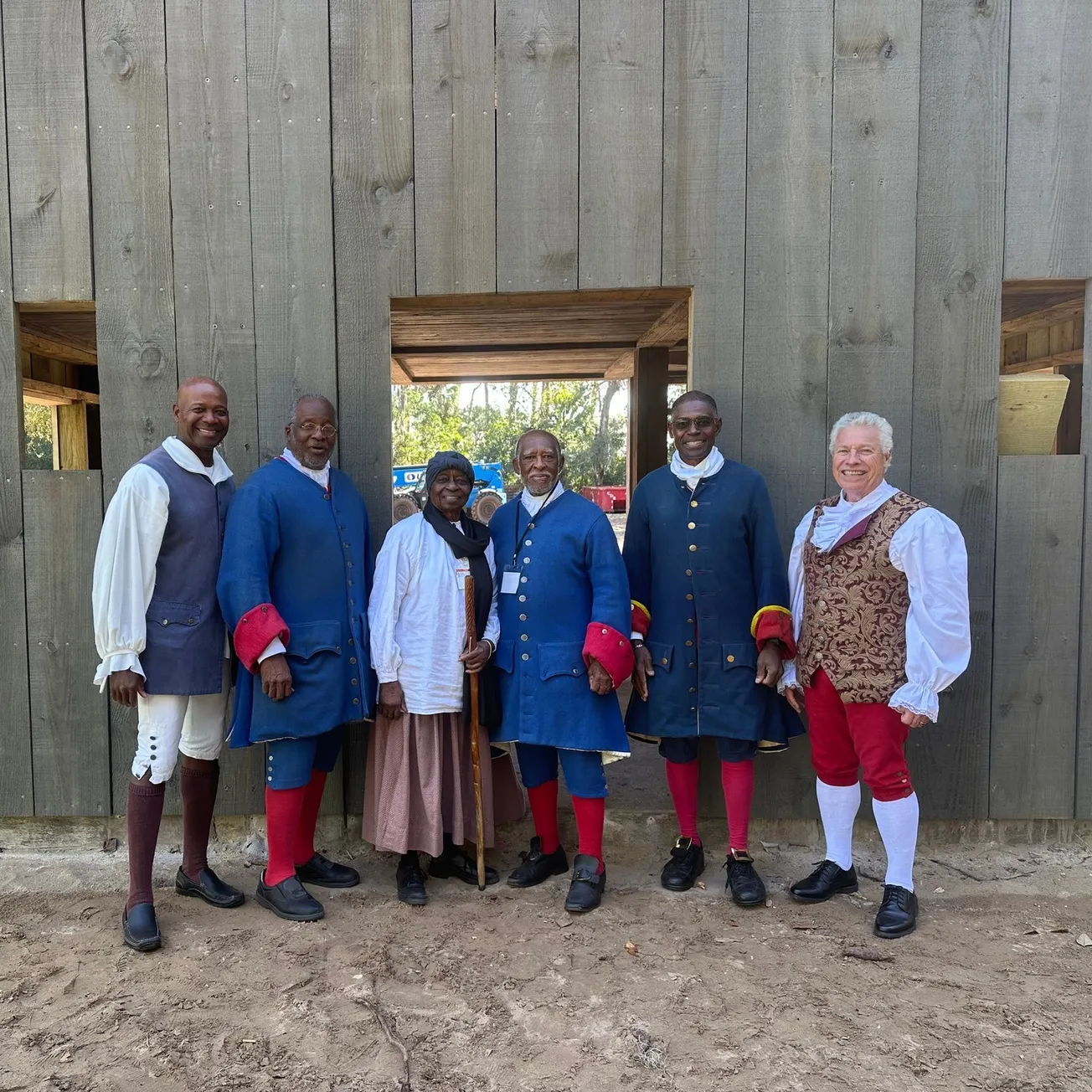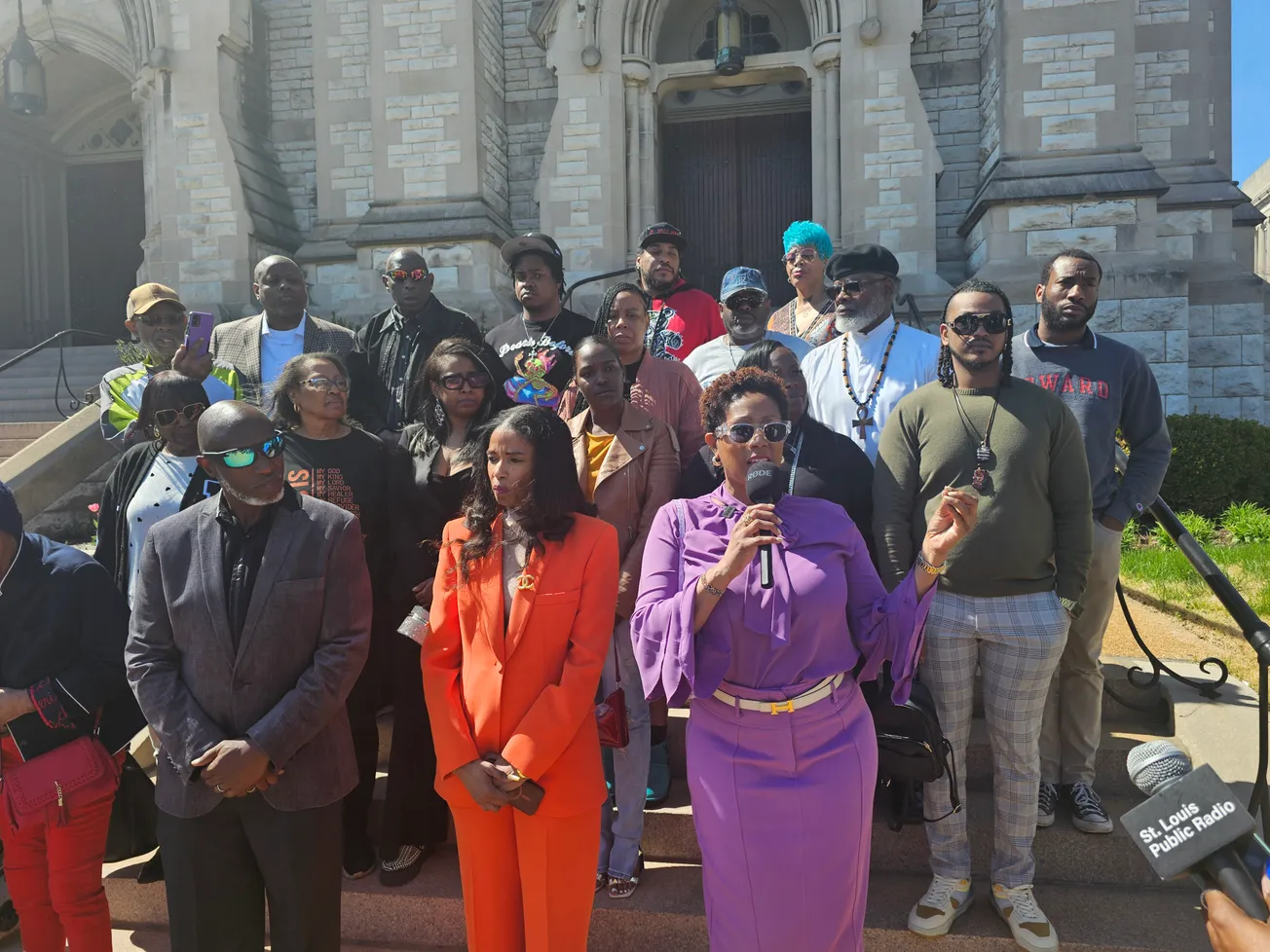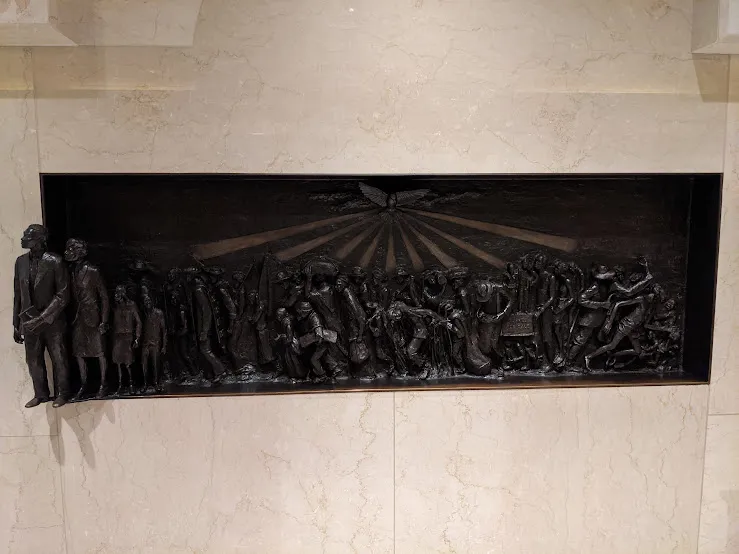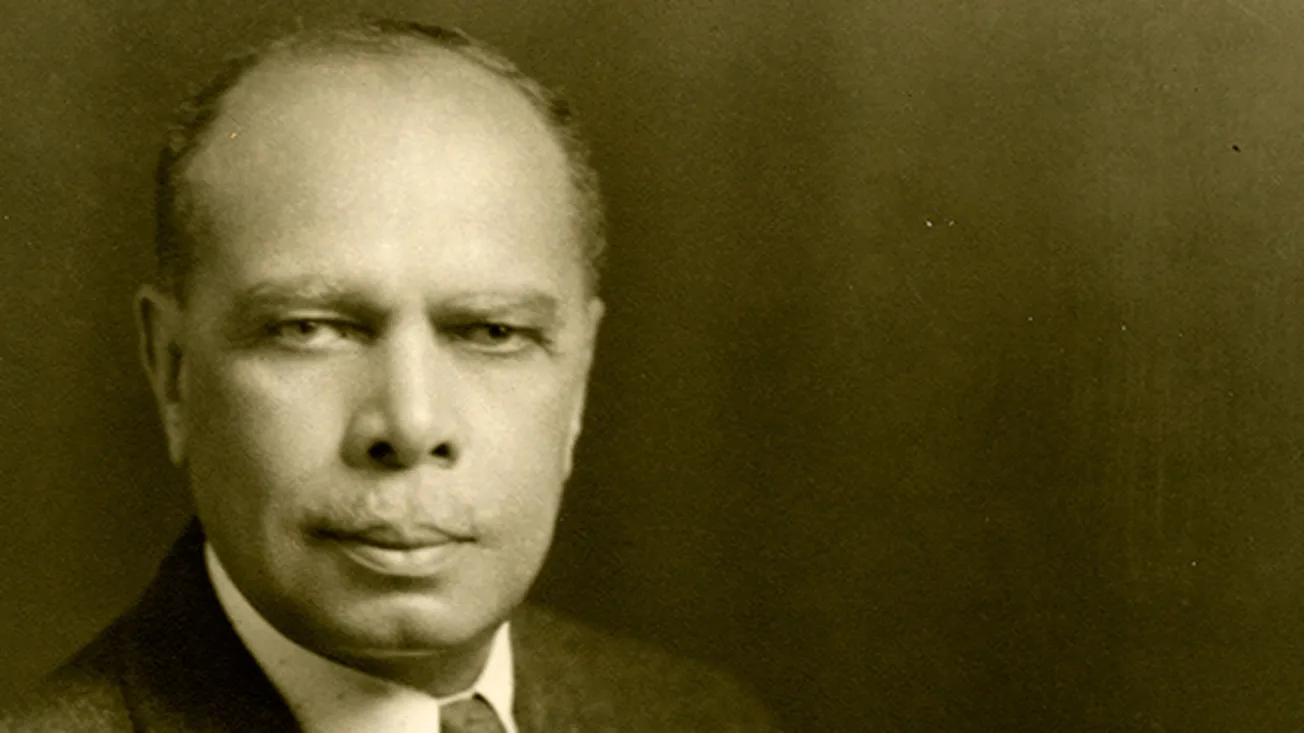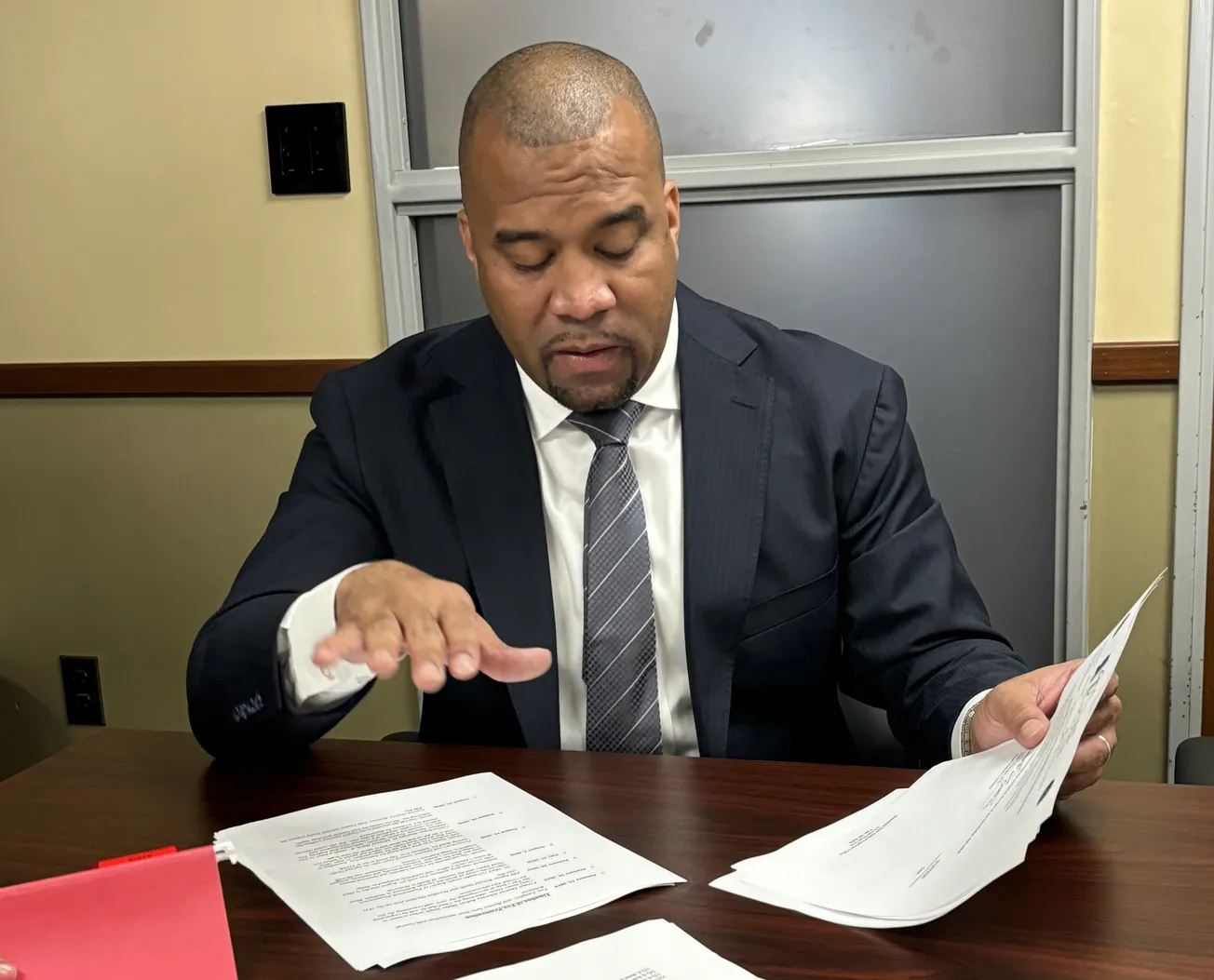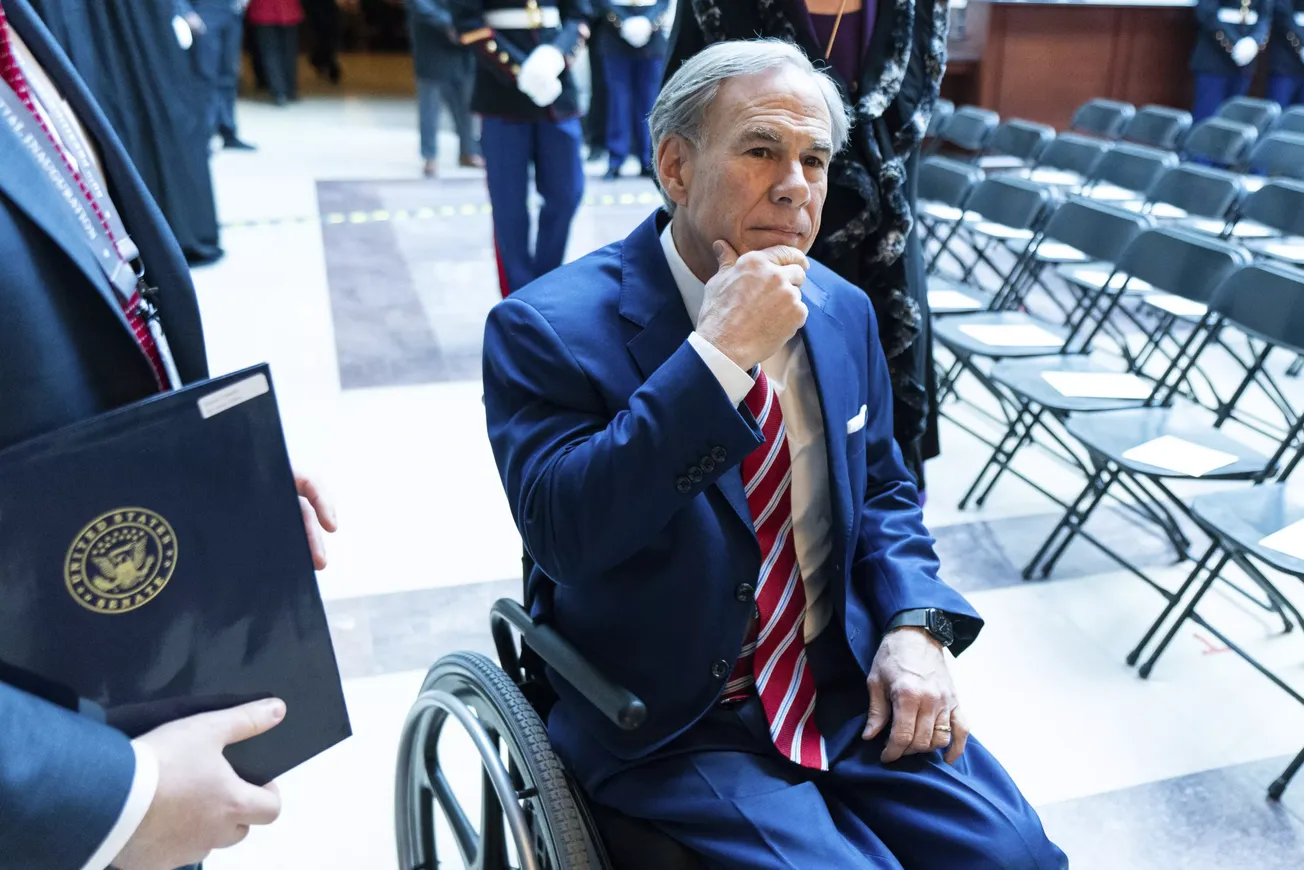by Ralph Chapoco, Alabama Reflector
After building a monument to victims of lynching, the Equal Justice Initiative in Montgomery is turning to a memorial to victims of slavery.
The Freedom Monument Sculpture Park, a 17-acre site set to open in the city in March, will feature statues and other artifacts meant to give visitors a greater understanding of the institution of slavery and highlight the lives of those who suffered while in bondage.
It is another major project for EJI, which provides legal representation to death row inmates and those who may have been wronged by the criminal justice system. The nonprofit in 2018 opened the Legacy Museum and the National Memorial for Peace and Justice, to advance the public’s knowledge and awareness of lynching, as well as its connections to slavery, segregation, and mass incarceration. The project has won national acclaim and drew over 1 million people through early 2022.
“With hundreds of thousands of people coming each year to the memorial and museum, I just felt like we had an opportunity to extend that experience with another issue that hasn’t been really addressed in a comprehensive way — and that is the issue of slavery,” said Bryan Stevenson, the founder and executive director of EJI.
Original dwellings built on an Alabama cotton plantation near Montgomery now sit at Freedom Monument Sculpture Park, which will open in 2024. pic.twitter.com/U03eSejFqB
— The Legacy Sites (@LegacySites) January 1, 2024
Montgomery was a major hub of the domestic slave trade. In 1860, nearly two-thirds of the city’s population was enslaved, and auctions were held in the city’s Court Square. The first Catholic Bishop of Mobile, Michael Portier, whose territory included Montgomery, was also a slaveholder.
The park will include works by Kehinde Wiley and Theaster Gates, as well as structures of that time, such as dwellings that were transported from a cotton plantation. It will also feature a monument.
People who visit the park will see the pens where the enslaved were held before they were auctioned off to buyers. There will also be a rail car that trafficked people in bondage from Montgomery, through the state, and into the Black Belt, where they toiled on the plantations.
“They will see a whipping post,” Stevenson said.
“They will see the laws that shaped the lives of enslaved people. They will see a lot of objects that present this history in much more tangible way.”
The central feature of the park will be a monument.
“The monument that we are building at the park is really intended to be the first comprehensive monument to the lives of enslaved people,” Stevenson said.
“It is massive, it is 43 feet tall. It is 160 feet long. It will present the names of all 4 million people who were emancipated after the Civil War.”
Stevenson said the park is also meant to showcase the courage, resilience, and capacity to overcome hardship of people who lived through that moment.
“There is an exhibit that features the ads that emancipated people placed, once the Civil War was over, to try and find their loved ones,” Stevenson said.
For Stevenson, people will walk away from the experience having a greater appreciation of that history but also a richer understanding of slavery’s impact on society.
“The goal is to educate, to inform, and to inspire,” he said.
“I think the best measure is the kind of interest, the kind of discourse, and the kind of response that the sites have generated.”
Alabama Reflector is part of States Newsroom, a network of news bureaus supported by grants and a coalition of donors as a 501c(3) public charity. Alabama Reflector maintains editorial independence. Contact Editor Brian Lyman for questions: info@alabamareflector.com. Follow Alabama Reflector on Facebook and Twitter.



